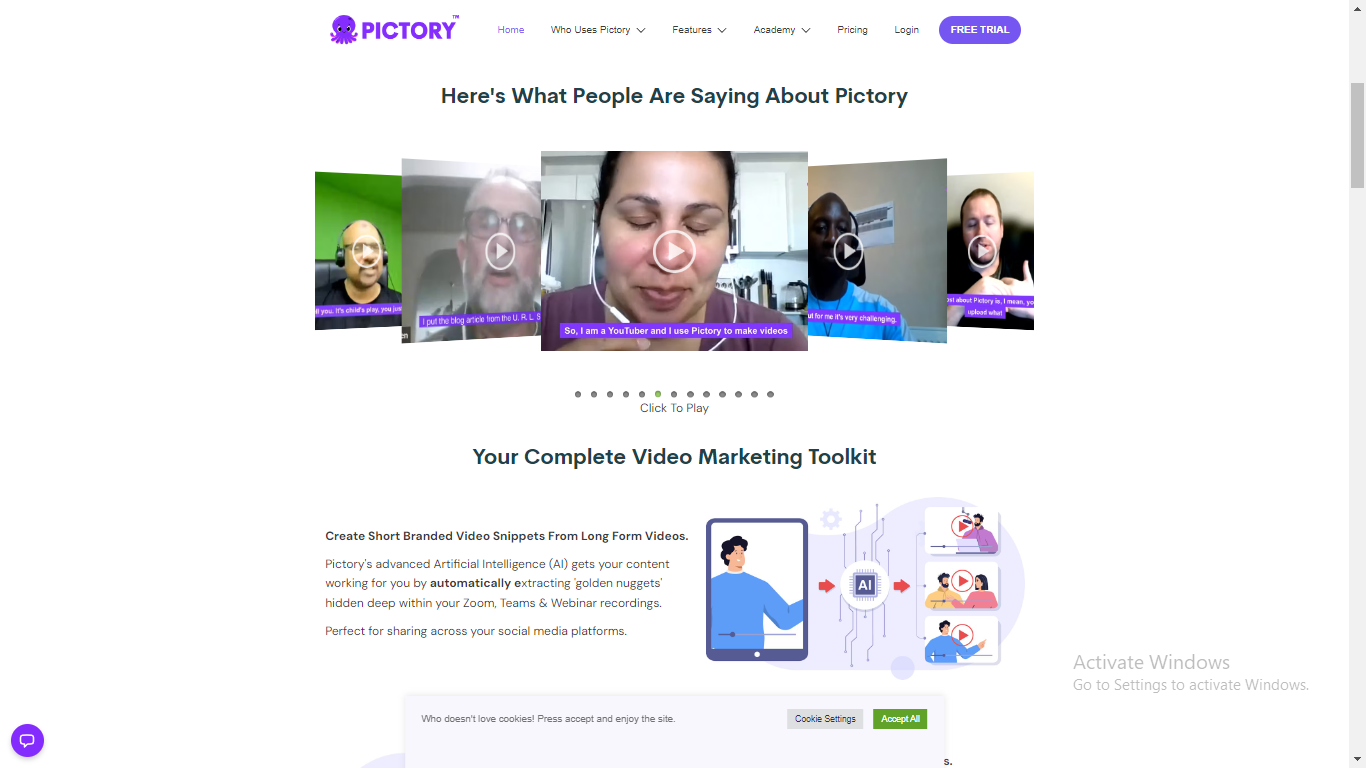User experience (UX) is an essential aspect of web design. It focuses on creating a user-friendly and intuitive interface that meets the needs of the user. A good user experience can result in increased engagement, conversions, and customer satisfaction.
In this blog post, we will discuss the importance of user experience in web design and provide some best practices and tips to help you create a website that users will love.
Why User Experience Matters in Web Design
The primary goal of a website is to provide information, products, or services to the user. User experience design ensures that the user can find what they need quickly and easily. A website that is difficult to navigate or understand can lead to frustration, confusion, and ultimately, abandonment.
A good user experience can improve website performance by:
- Increasing engagement: A user-friendly website can encourage users to spend more time on your website and explore more pages.
- Enhancing conversions: A well-designed website can guide users towards specific actions, such as signing up for a newsletter or making a purchase.
- Boosting customer satisfaction: A positive user experience can lead to increased customer loyalty and advocacy.
Best Practices for User Experience in Web Design
- Keep it simple: A clean and simple design can make your website more user-friendly and easier to navigate.
- Prioritize navigation: Navigation should be intuitive and easy to use. Use clear labels and organize content logically.
- Ensure accessibility: Your website should be accessible to all users, including those with disabilities. Ensure that your website is compliant with accessibility guidelines.
- Use responsive design: Your website should be responsive and mobile-friendly to ensure a positive experience on all devices.
- Optimize page speed: Slow-loading pages can negatively impact user experience. Optimize images, use caching, and reduce unnecessary scripts to improve page speed.
- Use A/B testing: Test different design elements to see what works best for your users. Use A/B testing to experiment with different layouts, colors, and content.
Tips for Improving User Experience in Web Design
- Use white space: White space can improve readability and create a clean and modern design.
- Use visual hierarchy: Use visual cues to highlight important content and guide the user’s attention.
- Make CTAs clear: Use clear and concise language to encourage users to take action.
- Use consistent branding: Your website should be consistent with your brand identity, including colors, typography, and imagery.
- Use high-quality images: High-quality images can enhance the user experience and make your website more visually appealing.
Conclusion
A good user experience is essential for the success of your website. By following best practices and implementing tips for improving user experience, you can create a website that is user-friendly, intuitive, and effective. Remember to prioritize navigation, accessibility, and responsive design, and use A/B testing to experiment with different design elements. By focusing on user experience, you can create a website that users will love and that meets your business goals.





1 Comment
binance
Your article helped me a lot, is there any more related content? Thanks!